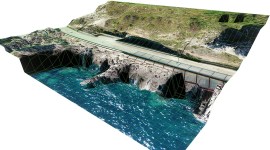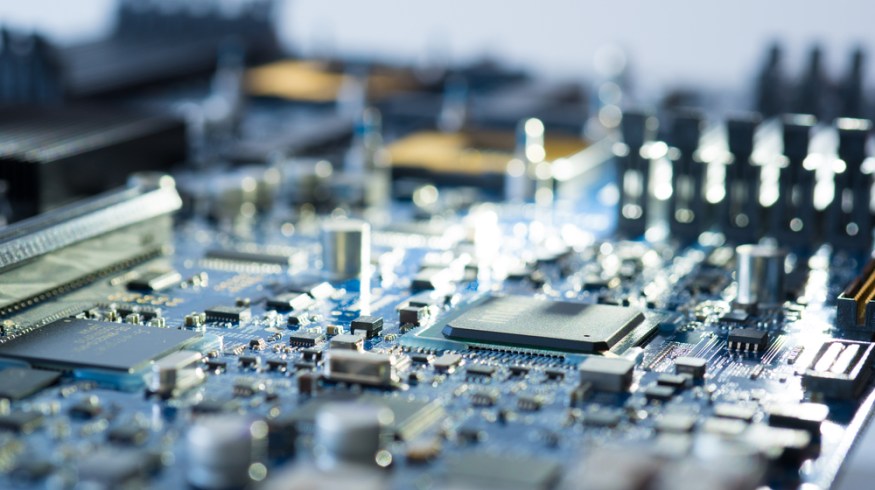
Which Computer Is Better for Your Needs — Mac or PC?
Mac or Windows? Picking the one that’s right for you depends on many factors, primarily your budget. Let’s dive into the advantages and inconveniences of each.
Windows computers are more affordable, easier to upgrade, and compatible with more software, but Macs streamline the user experience to deliver a high-end machine that looks and performs great.
I’ve been a Windows user throughout my life, except in college, when I owned a MacBook Air. I’m also familiar with Chrome OS — having owned three Chromebooks — and I have some experience using Linux via the Raspbian OS, which is the OS for the Raspberry Pi.
That said, I know each of the four major operating systems and have a good understanding of their benefits and drawbacks. I won’t get into the specifics of Chrome or Raspbian, as their use is still quite niche, but I want to compare the two most prominent operating systems in the world: Windows and macOS.
I’ve used both operating systems extensively, but I don’t have a clear-cut recommendation. Like most things when it comes to tech, it depends on the user.
What it boils down to is your budget, patience (or lack thereof), and whether you prefer to buy a pre-built computer or build it yourself. Each system has its strengths and weaknesses. Which system is right for you is only for you to decide, but I can help. Here’s everything I know. Maybe it’ll assist in narrowing down your options.
Budget
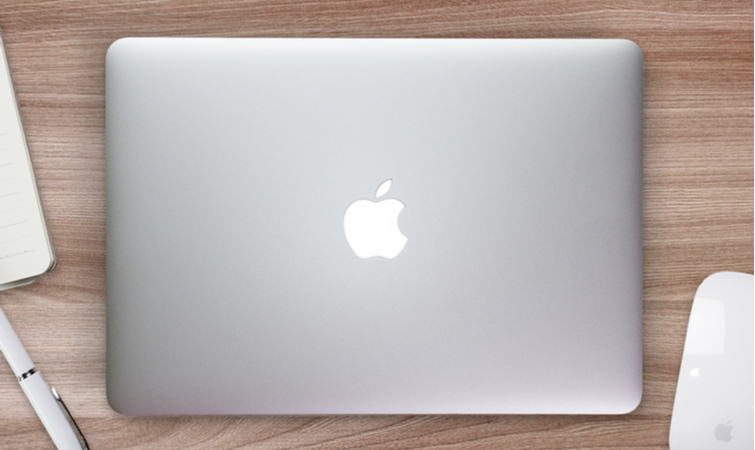
Pick a machine that works with your budget. Image via MaddyZ.
The crux of the argument, when it comes to Windows versus Mac, is always cost. For students or creatives on a budget, a Windows computer is often the only choice because they’re available at different price points.
It’s possible to buy a Windows computer for under $500 and sometimes even less on the lower end. Macs, however, tend to be priced much higher. And, while they’re decent computers, the price doesn’t always reflect the value.
Desktop Computers
I’ve had a Windows computer for most of my life, and I’ll be the first to admit that they’re not perfect machines. The Windows operating system is slow to innovate, and because there’s so much going on behind the scenes, it’s often difficult to find the issue plaguing your system.
I’ve had an issue, during the past year, where my computer shuts down unexpectedly, which I suspect is a GPU issue. I finally fixed it, but some days I was ready to chuck the whole thing in the bin. I know Windows computers and how unreliable they can be at times, but they’re also insanely affordable.
Windows sells computers that compete with Macs on price and hardware, but they often come loaded with more features.
Take, for example, ASUS’ ProArt PA90, which features an Intel i7-9700K (the “K” means the CPU is unlocked ), 16GBs of RAM, and a professional-grade NVIDIA Quadro P4000 — a line of GPUs so powerful that they’re used to render the backdrop in the Mandalorian TV show on Disney+. The GPU alone is close to $800, and it was designed for creators.
The ProArt PA90 is sleek, with a minimal, cylindrical design, and a unique cooling system that lifts the top of the case to let in cooler air when the PC is hot. This PC, as you can see in the video above, is the perfect companion for a video editor.
It can exponentially reduce rendering times and make overall improvements to your video editing workflow. The ProArt PA90 is plenty of computer for most video editors and costs less than $2,000. It’s considerably less than the base model Mac Pro, which is three times as expensive at $6,000, while offering not much of an advantage.
Laptops
If you want to compare laptops, check out how the 13-inch Macbook Air stacks up against Lenovo’s Yoga C940. Both manufacturers offer users a compact, yet powerful, machine, but it’s Lenovo’s machine that lands punch after punch on the spec sheet.
Both computers cost $1,299, which is already a lot for a laptop, and they both have the same 512GB of internal SSD storage, but that’s where the similarities end. The Yoga C940 has a 10th generation Intel Core i7 processor with four cores and eight threads. And, while the base frequency is only 1.1 GHz, it has a max turbo frequency of 3.9 GHz. The Yoga C940 has four more gigabytes of RAM, for a total of 12GBs, with a whopping speed of 3,733 MHz. Lenovo’s computer is also a 2-in-1 touchscreen laptop with a slightly bigger screen, perfect for the times when you want a tablet.
Sure, the MacBook Air comes with the Retina display, and other Apple-only features such as the Magic Keyboard and Force Touch trackpad, but that doesn’t make up for everything else. Admittedly, Apple does make the best trackpad that I’ve ever used, but that’s not a deciding factor — at least not for me. If you’re going to spend over $1,000 on a laptop, you should get the most for your money.
Upgradability and Performance
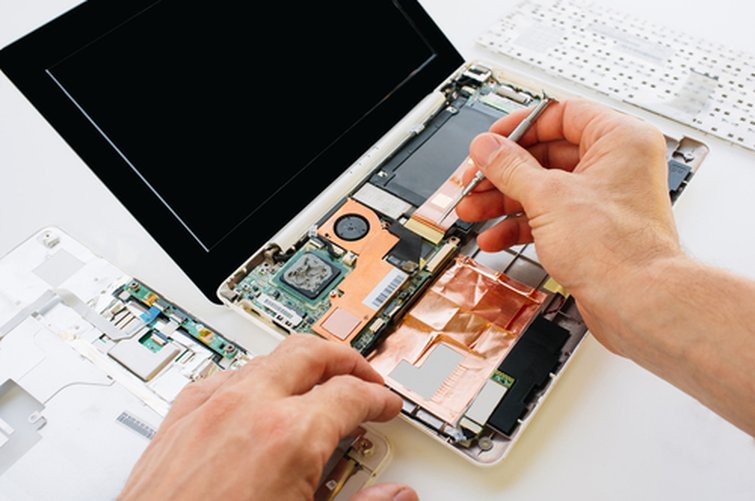
I’m comfortable upgrading my PC, but this just gives me nightmares. Repairing laptops require lots of patience, skill, and knowledge. Image via Golubovy.
With computers being as expensive as they are, having the ability to easily upgrade your computer can make a massive difference to the system’s longevity. By upgrading the CPU or RAM, you can prolong your computer’s life, which is cheaper than buying a new computer every two years. Upgrading a PC these days is, for the most part, a straightforward process.
To upgrade most components on a computer, all you have to do is insert the part in the correct slot. Of course, you can’t just use any part off the shelf. For example, each motherboard has a CPU socket that only supports one type of CPU — i.e., a motherboard with an AM4 socket only supports certain AMD CPUs.
Upgrading a computer does require some research, but it’ll be worth it when everything fits and works as advertised. You’ll end up saving a lot more money if you make the upgrades yourself, too. You don’t need to be an expert to upgrade a PC. Research the part you need, read the motherboard manual, and place the component where it belongs.
As much as I recommend upgrading your PC, laptops are another matter because their motherboards are cramped and not typically designed for many upgrades. I once stepped on a Chromebook and I had to replace the screen, which was one of the most stressful things I’ve ever done.
It’s not impossible to upgrade or work on a laptop, but it’s not as easy as working on a desktop. Upgrading the storage or memory may be possible, but anything beyond that depends on the laptop and your skill.
Upgrading a Windows PC
The Windows platform is the most upgradeable of the two and, because there are so many tutorials, guides, and how-tos, it’s also the easiest to upgrade.
There’s no way I could’ve built a computer without heading to YouTube first and watching hours of PC-building content. I wouldn’t have known that you only need to apply a pea-sized amount of thermal paste onto a CPU, or that you need to place RAM sticks in a specific order when using a pair to take advantage of dual-channel memory.
As I was writing this article, I ordered a 16GB RAM kit — the kit came in two 8GB sticks — to double my system memory to 32GBs. Once I had the kit, all I had to do was remove the glass side panel and insert the RAM sticks in the two available DIMM slots, which only took a few minutes. I’ve also upgraded my graphics card and power supply within the last six months. Upgrading is one of the best reasons to build a PC, but you can also upgrade pre-built PCs with ease.
While not every part is compatible with my PC, I still have plenty of options on everything from CPUs to GPUs to PC cases, and everything else. There are so many parts and manufacturers that you can get precisely what you’re looking for, without having to settle.
Upgrading a Mac PC
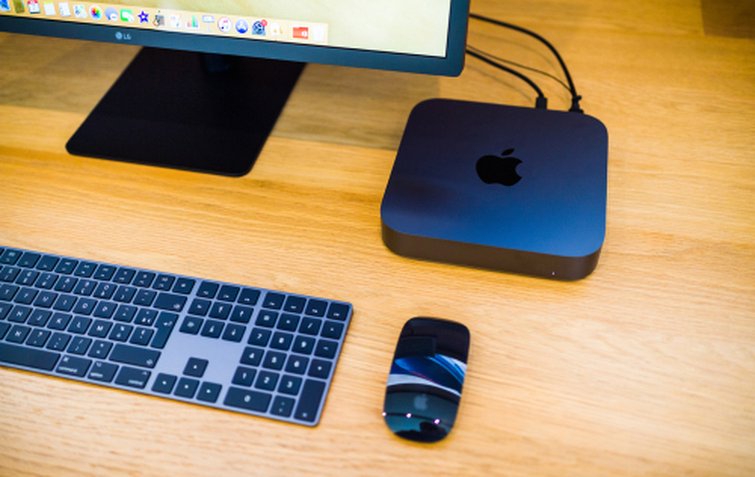
The updated 2020 Mac Mini, which is a refresh of the 2018 model, is a cute, little computer, but it can’t be upgraded for more RAM. Image via Hadrian.
Apple doesn’t design Macs for upgrades, and it’s difficult to upgrade Macs that are because of how they’re built. On certain MacBooks, the RAM is soldered onto the motherboard, which takes upgrading off the table. In those situations, your only option is to simply give in and pay whatever Apple demands when purchasing your MacBook.
The new Mac Pro is a master class in PC design, and its creative use of space makes it easier to work on, but it can still be tricky for first-time upgraders. Upgrading a new Mac Pro is doable, but it’ll take some research and tons of patience.
The Mac Pro uses high-end, expensive components, which Apple charges an arm and leg for. The computer uses Intel’s Xeon line of costly CPUs, and upgrading the CPU is a delicate process — the CPU isn’t held down by a tension rod. To upgrade from the stock 8-core Intel Xeon W CPU to the 12-core model on a Mac Pro, you’ll spend around $1,400. That’s if you can find one. You won’t find an Intel Xeon W processor at Best Buy or most other retailers.
It seems like it’s more affordable to buy the Mac Pro with the 12-core Intel Xeon W CPU since Apple charges $1,000, but that’d place the computer above $7,000, and that’s before making any other upgrades. That just seems like a money dump to me, especially when you can buy or build a high-end Windows PC for half that amount. The thing about the Mac Pro that I can’t get over is that it shouldn’t need upgrades because, priced at $6,000 for the base model, it should already be the best.
Snazzy Labs (over on YouTube) makes the case that the Mac Pro is actually a great computer, but only when spending $11,000. He says that the stock discrete GPU, an AMD Radeon Pro 580X, is about the same as the consumer-grade AMD RX 580, which you can get for less than $200.
AMD designed the Radeon Pro 580X for this computer, but it doesn’t offer much of a performance bump over a consumer GPU that’s been out for more than two years, he said after testing both cards.
What most of the money goes toward, he says, is the design — which I admit is amazing. Although, it’s not amazing enough to warrant the $6,000 price tag. And, for such an expensive piece of hardware, Apple cheaped out on the RAM, installing the cheapest DDR4 ECC RAM modules on the market, for which they charge an incredible sum of money to upgrade.
Design
Windows
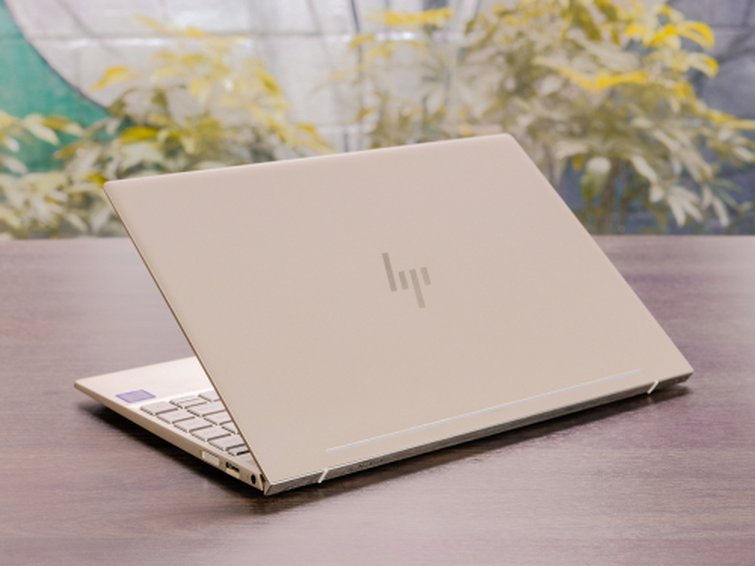
Look familiar? Image via quangmooo.
Windows computers do not share the same design language because a single company doesn’t make them. A Samsung laptop and an HP laptop may share many of the same components, but how they look will always vary, with each manufacturer adding unique features to attract consumers.
Lenovo’s Yoga series or HP’s Spectre and ENVY series of computers look great, but it’s obvious that a certain Cupertino-based, fruit-branded company heavily inspired their designs. All of these sleek, compact laptops share the same brushed-metal look, with thin screen bezels and a minimal amount of ports.
When it comes to desktop PCs, most (if not all) of the pre-built market looks the same, too — big, clunky, black towers that are as exciting as a hard-boiled egg. Gaming PCs may fare better in the looks department, but the look rarely varies from computer to computer — tempered glass side panels with a heaping side of RGB lighting.
Windows computers lack that unified design that makes them stand out on store shelves. So, for aesthetes that place a higher value on design, it doesn’t matter if they’re more affordable and easier to upgrade.
Mac
Apple streamlines its device lineup to offer a limited selection of options that appeal to a broad consumer base. When you go to an Apple Store, you choose between a Mac Mini, a MacBook Pro or Air, an iMac, or a Mac Pro. That’s it. Granted, each computer is configurable to a buyer’s liking, but the options are clear-cut. You either get a laptop, a mini PC, a desktop PC and monitor combo, or a professional-grade desktop computer. For consumers who don’t know the difference between storage and memory, having a limited number of options is easy.
Apple charges more for their computers than other manufacturers with comparable computers for two reasons — how it looks and how it makes you feel. A Mac says you’re part of an exclusive club, one that welcomes content creators, videographers, photographers, and animators. When I was in college, I bought a MacBook Air, not because I needed a new computer, but because I thought it would instantly make me a better student. Every student had a MacBook, which made me feel like I needed one to belong.
I’ll be honest. I think Apple-made products look great. Apple’s minimalism and attention to detail is admirable, and it’s why so many competitors make products that look suspiciously similar. I’m also a big fan of the OS, which is clean, straightforward, and simplifies how users interact with their computer.
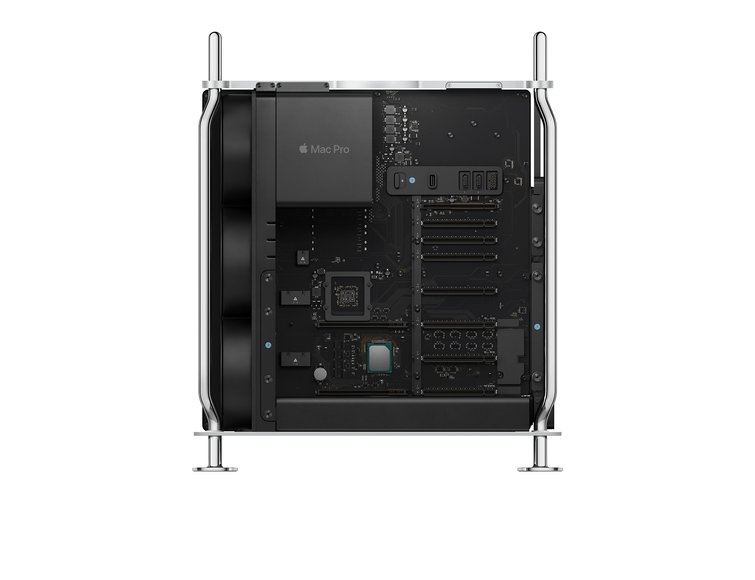
The inside of a Mac Pro is, undeniably, a design marvel. Image via Apple.
Apple doesn’t sell hardware. They’re in the business of selling dreams. The dream that you can do whatever you want, as long as there’s a Mac in front of you. But that’s not entirely true. Macs aren’t inherently better at Premiere Pro than Windows PCs, nor are they better at Final Cut Pro, Pro Tools, Illustrator, or any other creator software. What really matters is the internal hardware, and although Macs do use decent hardware, the price doesn’t reflect the specs. Therein lies my problem with Apple.
I didn’t need a $1,000 computer back in college, when the most CPU-intensive thing I did was edit a few photos on Photoshop, but I bought in on the dream. My mind has changed a lot since then. These days, I want to get the most out of my money, and I think that’s what a Windows PC offers.
The Apple Ecosystem
The Apple device ecosystem is such a “thing” that it’s almost impossible to leave once you’re inside. For a time, I owned an iPhone, iPad, Apple TV, and a Macbook Air, and I loved how all four devices communicated with one another. I could be reading an article on my iPad and access the same article later from my iPhone. I also loved that I could answer text messages from my MacBook Air during a lecture, without being disruptive.
The Apple ecosystem wants to be in every aspect of your life, and it will if you let it. Some people like that they only interact with one design language for all of their technology, and there’s a sort of familiarity to the ecosystem that I admire. It’s safe, comfortable, and it knows you. Siri is your personal assistant, and everything you do on one device can be continued from another. The Apple ecosystem is a many-headed beast that grows another head at the perennial WWDC. Apple makes watches, home speakers, phones, computers, tablets, TV devices, games, and media content, with more products and services added every year.

This is how I imagine iPhone users react when I text from my Android phone. Image via fizkes.
It was tough leaving the Apple ecosystem. I had to say goodbye to some Apple-only apps and features, and I became “that guy” in the text convo with a green bubble. In a family where everyone uses an iPhone, I became the lone wanderer, an outcast exiled to the shadowlands of Android. I felt like I was being punished for choosing an Android, the prophesied iPhone killer known as the Google Pixel 3.
According to the Verge’s Why’d You Push That Button podcast, messages from Android phones appear green on an iPhone because of a messaging protocol. Still, it has unintentionally drawn a line in the sand between iPhone users and non-iPhone users, creating a Cold War between users of both platforms.
The Apple ecosystem is one way that Apple entices its users to remain with them, and it makes it that much harder to leave for another operating system. It’s incredibly clever in the way it weaves all of its technology together, and it’s something that the Windows platform sorely lacks. The Apple ecosystem may feel a bit invasive at times, but no more than Google’s or Samsung’s or any other tech companies’ ecosystem. For those users that want a unified, convenient experience across all of their devices, Apple is there.
What’s Right for You
My tryst with my MacBook, while short-lived in the grand scheme of things, was fun while it lasted. I don’t think Apple makes terrible computers. I just think they make expensive ones. The difficulty of upgrading or finding parts is a turn off for me, but not everyone feels that way. Most people are okay with spending a bit more on a Mac because they know Apple makes good products, and they’re right.
While some have mentioned that the new Mac Pro looks like a giant cheese grater, I love the design. No other company but Apple could’ve designed something like that, and it’s even more beautiful on the inside. It’s just that I care more about functionality than sheer looks.
If you’re thinking of building a PC or building a pre-built Windows PC, that’s also great. The Windows OS does seem to have a new vulnerability issue every few weeks, and it may be a bit buggy, but it’s also compatible with myriad software. The best part is that you don’t have to get the best Windows PC right away if you can’t afford it. You can always upgrade a little at a time, until it’s just right.
There’s no panacea for buying a computer. But, there are a few questions you should ask yourself before heading to the tech store. What are you looking for?
If you want to get the best deal and squeeze the most performance out of your computer, choose a Windows-based computer. If you don’t mind spending a bit extra on a stylish, well-designed computer that meets your needs — without having to overthink specs — choose a Mac. For videographers looking for a robust editing PC, either system is worth it. The question is how much you’re willing to spend.
Cover image via Glitterstudio.

